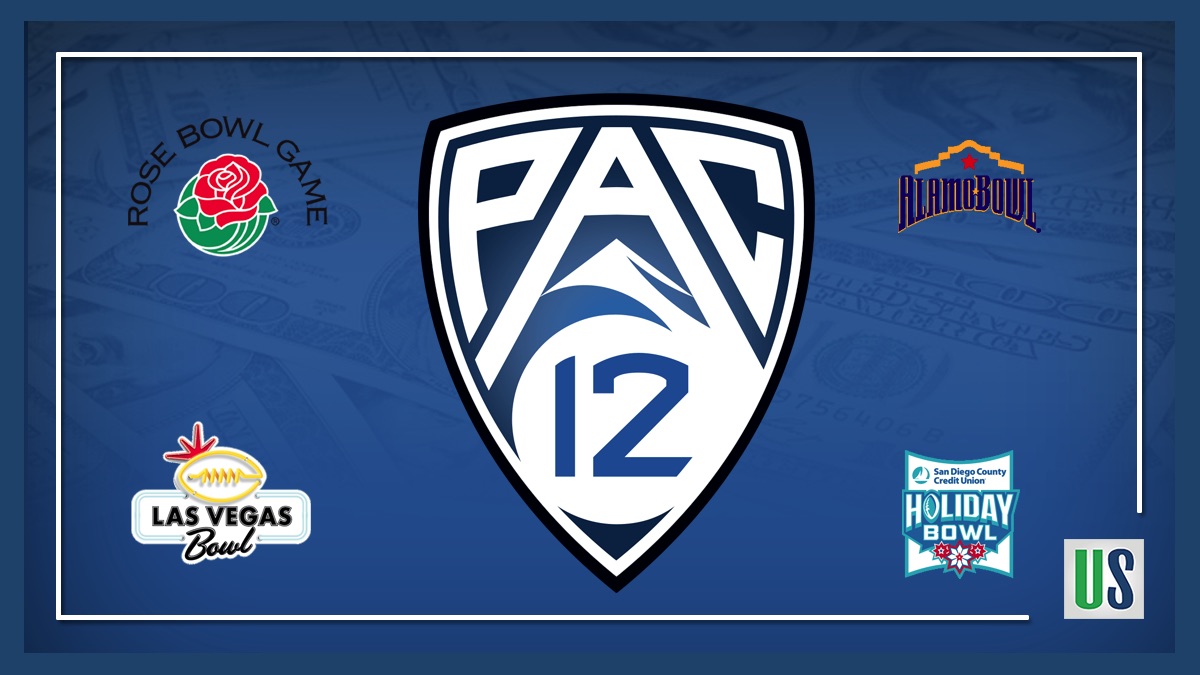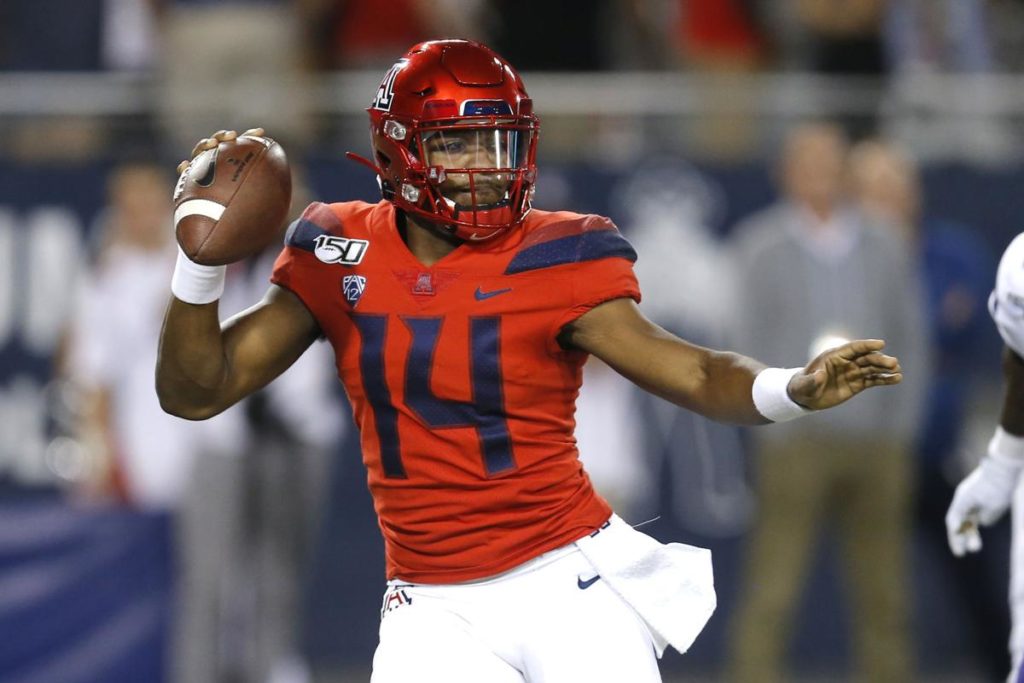
The PAC-12 has come under fire in recent years for commissioner Larry Scott’s handling of the budget, his personal pay bumps and a lot of other things. The conference needs a good bowl season for a lot of reasons, the least of which is to recoup some money for the member schools to aid them in facility improvements and other areas that could help with recruiting, coach hiring and putting a better product on the field.
The PAC-12 reported a $12.5 million dollar drop in the 2018 fiscal year. This came in part because the Rose Bowl, which is normally a big source of income for the conference, was part of the College Football Playoff semifinal, something that will happen every third year. The Rose Bowl normally features the PAC-12 champion, so the 2019 season will feature a PAC-12 team and help recoup some of that loss from last year.
As for the rest of the league, well they need to step up and get some high-quality bowl game wins if they want to be in a cleaner financial situation next year.
According to the college football playoff’s website; “A conference will receive $6 million for each team that is selected for the semifinal games. There will be no additional distribution to conferences whose teams qualify for the national championship game. A conference will receive $4 million for each team that plays in a non-playoff bowl under the arrangement.
The Oregon Ducks and Utah Utes are the only remaining PAC-12 schools that even have a slight chance of making the semifinals, and neither school is projected to do so at this point. If Oregon wins out they have the best chance of sneaking into a top-four spot, which would make the conference $6 million per team, or $72 million in total.
Other bowl games pay out roughly $4 million to the conference for each team, which will net the PAC-12 somewhere between $8 million and $48 million.

Too many .500 schools
Right now it’s guaranteed that Oregon and Utah will make the conference at least $4 million each. However, every other school in the PAC-12 has a record between 6-4 and 4-6, meaning that all or none of them will be bowl-eligible (at least as many wins as losses) by the end of the season.
That makes it fairly hard to predict how the finances will shake out for Larry Scott and company this year, although it’s probably safe to assume that at least 2-3 other PAC-12 schools will get bowl bids, giving them a $20 million buffer.
The final few weeks of the college football season will be entertaining for a lot of reasons, but the PAC-12’s bowl placement is rarely this wide-open in mid-November, making for a fun yet also heart-attack-inducing few weeks for the commissioner’s office as they try to plan their budgeting going forward.





No comment yet, add your voice below!